Commercial refrigeration is currently undergoing an announced transition to a new era of natural refrigerants. A technical, commercial and operational challenge that seeks to respond to the needs of environmental care.
By Iris Montoya Ricaurte
The Montreal Protocol has required, since the 80's, the end of the production and use of compounds known as chlorofluorocarbons (CFCs) and hydrochlorofluorocarbons (HCFCs), due to the damage they cause to the ozone layer.
Moreover, due to the suggestions arising from the global implementation of the Kigali amendment, since 2016 it has been more strongly sought that legislation and industry join forces so that refrigeration and air conditioning devices do not emit harmful gases directly.
This triggered a change, which was clearly explained by the engineer Angélica Antolínez, in the magazine Acaire, issue 65 of 2017. First, there was a partial substitution of chlorinated refrigerants (CFCs and HCFCs) mainly by hydrofluorocarbons (HFCs), pure or blended. But then it was discovered that the latter were still substances with a high Global Warming Potential (GWP) or with low GWP, but flammable.
Hence, the so-called "natural refrigerants" began to be explored as an alternative. Although as Angelica said "the perfect refrigerant does not exist", they prevent the emission of fluorinated gases, which contribute to global warming. That's why carbon dioxide (CO2), ammonia (NH3) and hydrocarbon-based refrigerants (HC) were consolidated in the HVAC industry's list of options.
Advantages of Commercial Use of Natural Refrigerants
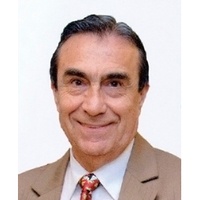
In this order of ideas, Ernesto Sanguinetti Remusgo, manager of the Engineering Division of Cold Import S.A. in Peru, pointed out that another advantage of natural refrigerants, such as R-600a, R-290 and R-744, is that "equipment manufactured especially for use requires less refrigerant load by weight to obtain the same refrigeration capacities, compared to those teams that use traditional synthetic refrigerants."
Adoption of natural refrigerants in Latin America

According to Rafael Rau, consulting engineer expert in refrigeration and its applications, "the use of CO2 (R744) has been established in the supermarket sector for many years." Despite this, he assures that general adoption is somewhere in between, characterized by a recent market penetration of petroleum-based refrigerants, which were already well known in domestic refrigeration.
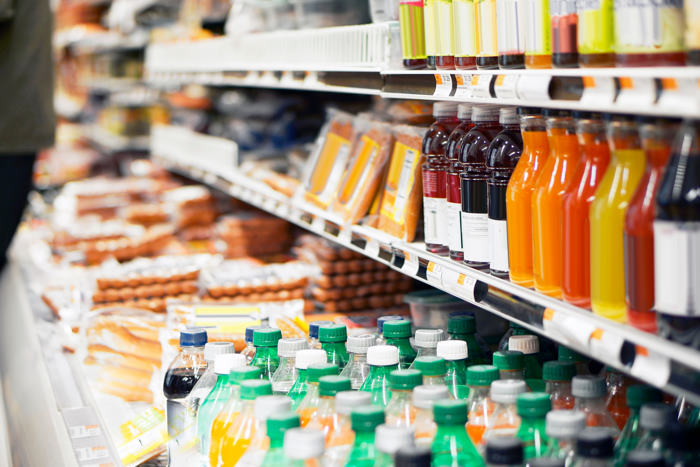
Of this, the engineer highlights the importance of training all those who participate in the market, from design to maintenance. And he assures that first of all you must "understand the climate and the product for the correct application".
Where in the most relevant considerations is "the tightness of the systems and install under the premise of obtaining 'zero leaks', which significantly reduces maintenance. In refrigerants whose characteristics affect people or the environment, designing, installing and maintaining under the concept of zero leakage reduces the risk of their implementation."
For his part, Ernesto said that in Latin America began to import and install solutions that combined high energy efficiency equipment with the use of natural refrigerants, although initially they had high prices because "the idea predominates that it has a role in the road to the decontamination of our atmosphere, the reduction of energy consumption and sustainability. As the volume of purchases increases, equipment will be obtained at better prices."
He also explained some incidences of marketing. "In domestic and commercial systems you have to convince the customer that they are efficient and safe equipment, because they know that the natural refrigerants of the HC family (Iso-butane R-600a or propane R-290) are flammable. In CO2 refrigeration equipment, more used in supermarkets, the cost / benefit must be explained to the customer; Because the initial price of the system and its installation is high, but due to the lower energy consumption, the investment is recovered in approximately 4 or 6 years".
In contrast, Carlos Obella, vice president of engineering services and product management for commercial and residential solutions at Emerson Latin America, believes that progress in the region has been slow compared to Europe, where implementation has been driven by F-Gas regulation since 2015.
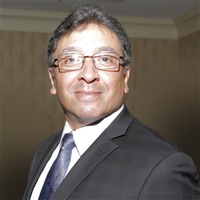
"While most Latin American countries have recently ratified their support for the Montreal Protocol amendment signed in Kigali, there are still no mandatory regulations that will accelerate the phase-out of HFC refrigerants in the immediate future."
Although it emphasizes that it continues to gain acceptance, as well as some hydrocarbon applications with reduced refrigerant loads, "both in direct expansion in self-contained refrigerators of interior application, and in secondary cycle of indirect expansion, with larger flammable refrigerant loads, in liquid coolers and heat pumps of external application".
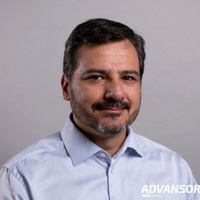
For his part, Mauricio Baena, regional sales manager for Latin America at Advansor, says that in his experience of the last 5 years with CO2, he sees that there is progress, as the market has begun to capture the benefits of implementing natural refrigerants. However, it had not been easy for a number of reasons.
"As long as there is an economic option in the short term and that is not mandatory a natural option, it does not seem to matter if the solution consumes less energy, less operation, if it produces hot water or hot air to meet other needs, the immediate cost is valued above all. For example, in many cases the total cost of ownership is also not relevant."
In addition, the manager said that around 30% of retail chains in the region have tried or already have a natural refrigerant system. So he estimates that in three or four years we will see a more marked exponential curve of adoption.
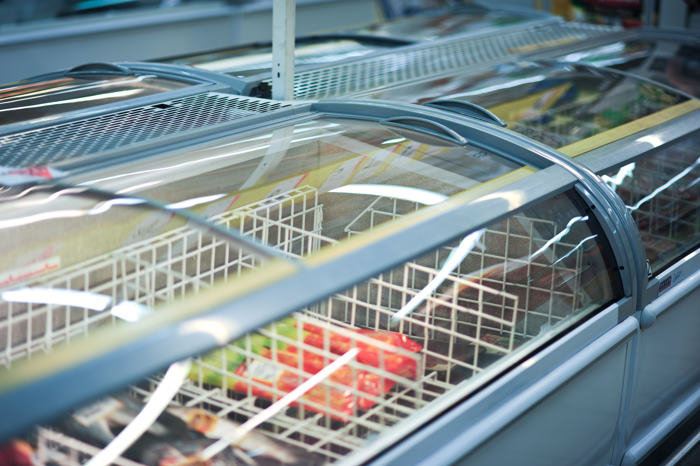
Management considerations
For Ernesto it must be taken into account, as a possible difficulty and challenge of the use of natural refrigerants, that there are not many trained and qualified technical personnel to install and maintain these systems.

In that order of ideas, Gildardo Yáñez, refrigeration specialist and Training Manager at Bohn Mexico, indicated that the main thing in this topic is to learn to work with these compounds. "We have carbon dioxide, which is increasingly being used, and the use of the hydrocarbon-based flammable refrigerants that are R290 and R600a."
However, he noted that in his personal opinion CO2 is a technology that works optimally in countries with an annual average temperature below 25 ° C. "The equipment that works with carbon dioxide is considered transcritical systems because below 25 ° C they work in a subcritical state and above that temperature they change to a supercritical state, but there the CO2 can no longer condense and the pressures begin to rise a lot."
In that sense, Gildardo concluded that, "it is not a global solution, we will not be able to occupy it in all spaces that require refrigeration because it is also very expensive." To which he added the complexity of these systems, the cost of purchase, installation and maintenance. "In the case of R290 and R600a, the disadvantage is that they are flammable. However, they are a good option to occupy them in self-contained equipment."
Precisely, because CO2 is very specific and unknown in its implementation, in addition to "less tolerant of bad engineering practices", the strategy of Mauricio and its sales pillar has been education, composed of online seminars that address in a general way the operation of CO2 technology; as well as seminars or on-site trainings (with availability in Denmark, recently in Chile, soon in Peru and Mexico) where direct training is provided with the teams.
Co2 in the eye of controversy
The Global Forum for Advanced Climate Technologies (GlobalFACT ), an organization that promotes information and discussion on technologies with low global warming potential (GWP) for environmental protection, has been severe in its publications regarding the commercial use of CO2.
In an informative video called "Pressure points: disadvantages of CO2-based refrigeration", published in July this year, the NGO said that CO2-based refrigeration systems fall short of the needs of supermarkets, which include increasing sales, reducing costs and complying with regulations. "They are not reliable, energy efficient, cost-effective or easy to maintain."
The criticism of GlobalFACT focuses on the fact that although this gas has low GWP, because it requires working at high pressures, it requires systems that are not energy efficient. It also emphasizes that only 10% of polluting emissions from refrigeration systems are related to direct emissions, while 90% have to do with energy requirements.
If we analyze this situation we will realize that the problem goes beyond refrigerant gas: there is a limitation in the technology that uses this compound, an issue that had already happened in the past.
Co2, a round trip
The text "CO2 as a refrigerant: from the past to the future", published in the journal Acta Universitaria de la Universidad de Guanajuato, explains how since 1744 the thermodynamic faculties of CO2 were discovered, which throughout the nineteenth century was the favorite refrigerant, but which leaves the market, after the First World War, as a result of the discovery of synthetics "that offered greater energy performance in mechanical compression systems".
Subsequently, the document states that it is resumed due to scientific evidence of damage to the ozone layer of synthetic refrigerants. Hence this historical swing. However, the most relevant aspect of the document is the relevance of its conclusions, published 10 years ago, which read as follows:
"The new generation of refrigerants must meet special conditions, not only to be environmentally friendly, but also to provide high energy efficiencies in the facilities where they are used [...] the current challenge is focused on the energy optimization of cold generation facilities that use CO2 as a refrigerant".
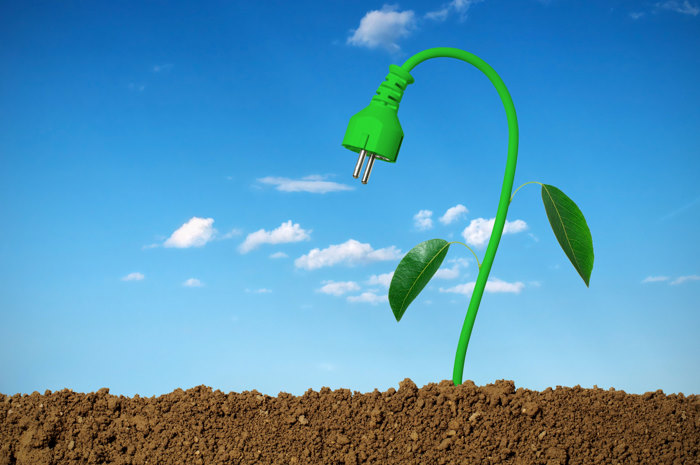
In this regard, Carlos gave a practical example, with Booster type systems that apply CO2 and operate in transcritical regime in hot environments, penalizing their energy efficiency: "Manufacturers use multiple technologies and control strategies to optimize the operation in transcritical regime, or extend their operation in a more efficient subcritical regime. Some of the technologies are adiabatic cooling, subcooling at the gas cooler outlet, liquid and steam ejectors, flooded evaporators, heat recovery systems and parallel compressor, among others."
It is appropriate to note, as Mauricio did, that CO2 refrigerant is denser, so it requires less refrigerant, occupies smaller equipment and "allows to handle capacities from condensing units, up to 2 megawatts per plant".

In search of a seamless solution
Overall, the nature of the Kigali Amendment, which deepens the scope and content of the Montreal Protocol, openly encouraged the use of natural refrigerants, as part of its quest to reduce global warming by 0.4°C and achieve ozone layer protection.
But efforts must also be made to improve the energy efficiency of refrigeration and air conditioning equipment, as there are other emissions, beyond those generated by refrigerants, if we seek to reduce the generation of greenhouse gases.
It should be noted that, according to the Intergovernmental Panel on Climate Change (IPCC) in 2019, emissions continued to increase and reached the all-time high of 60 gigatons of CO2 equivalent. Likewise, the International Energy Agency (IEA) shared in 2022 that global CO2 emissions recovered their pre-pandemic path.
In that sense, an advantage is that the Independent Association of Latin America and the Caribbean (AILAC) and the G77 + China developing countries, managed within the framework of COP 27 (the United Nations Conference on Climate Change held this year), to guarantee the creation of an independent and specific fund for developing countries, Specifically, those most vulnerable to climate change may face the losses and damages related to this phenomenon.
In conclusion, the migration to natural refrigerants, hand in hand with this new fund and technological transformation, is relevant to pave the way for a change that contributes to environmental sustainability, from the HVAC industry in Latin America, especially in its commercial use, which is one of the most widespread in our region.














